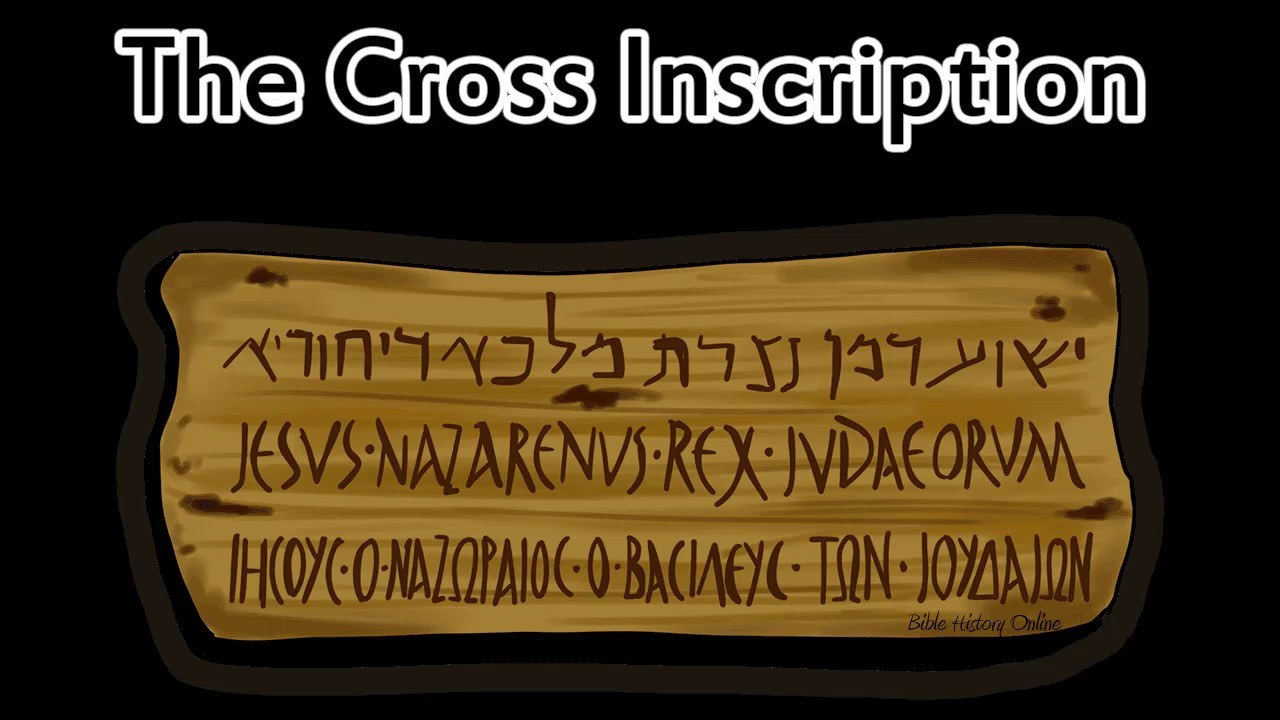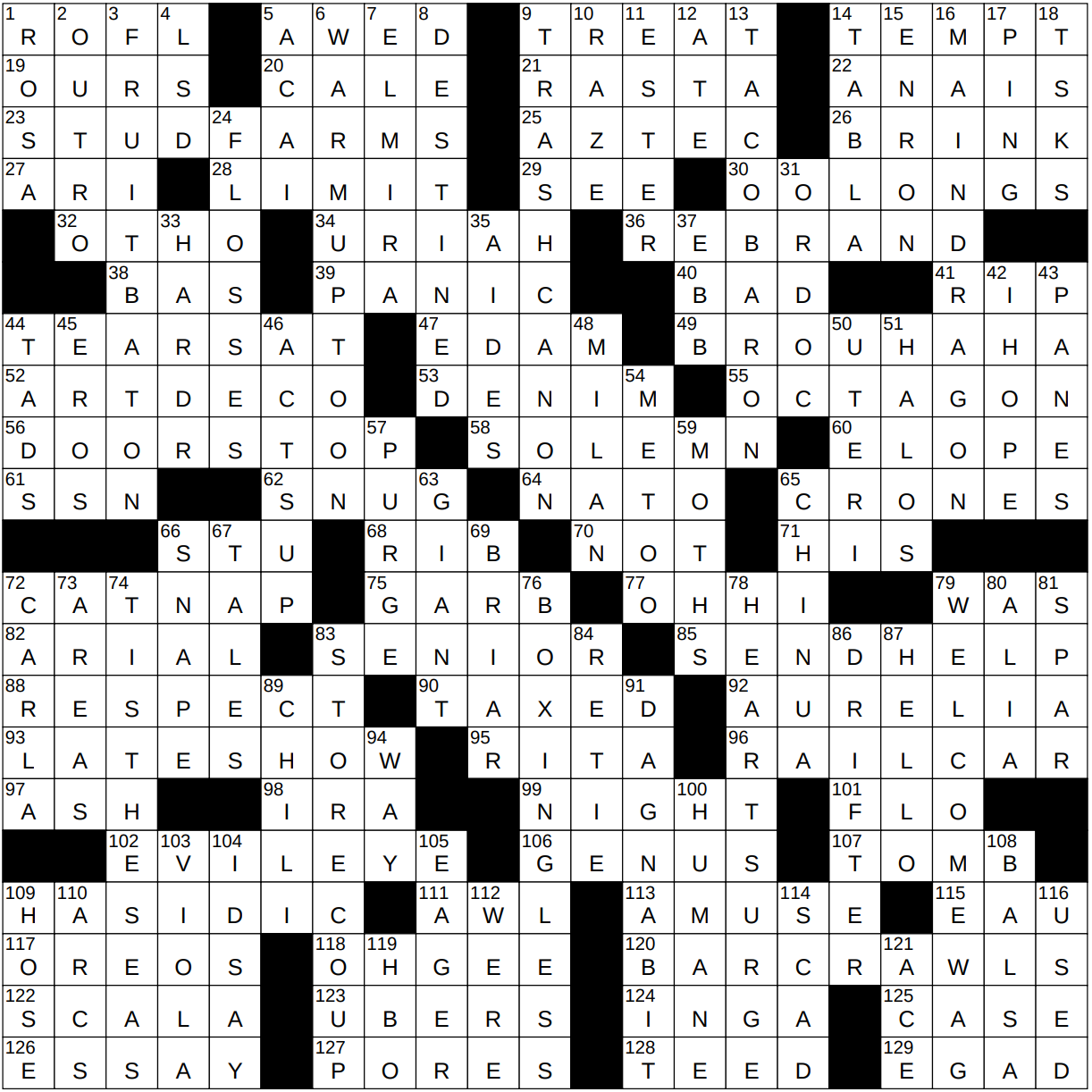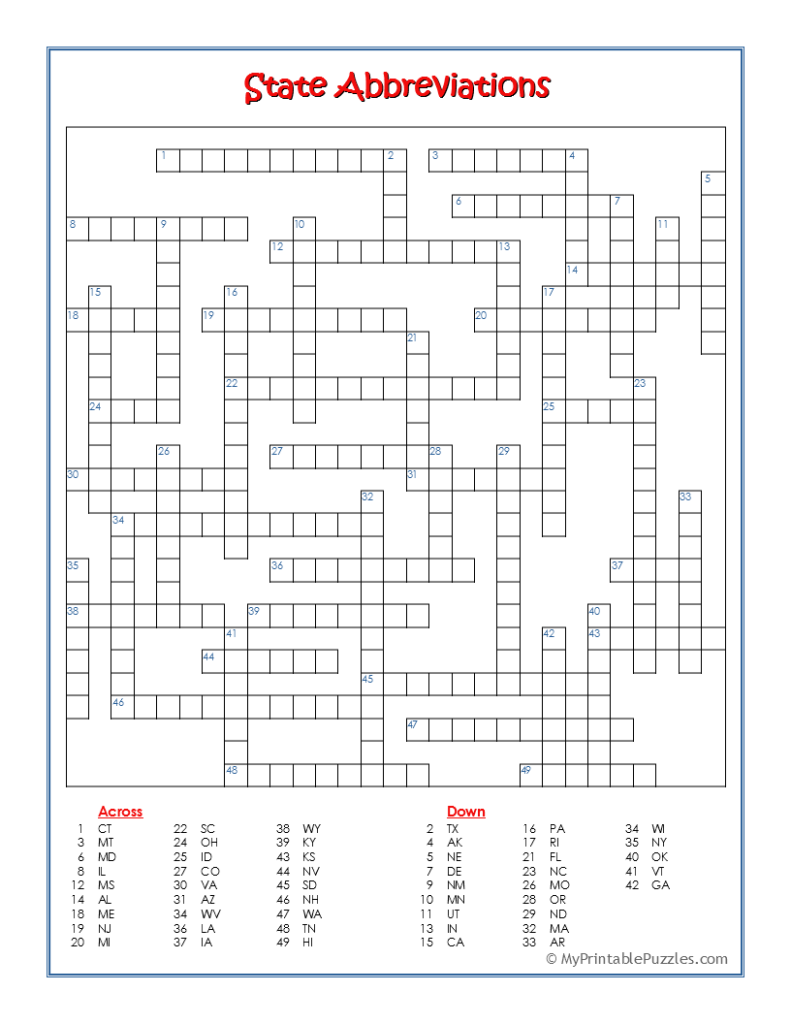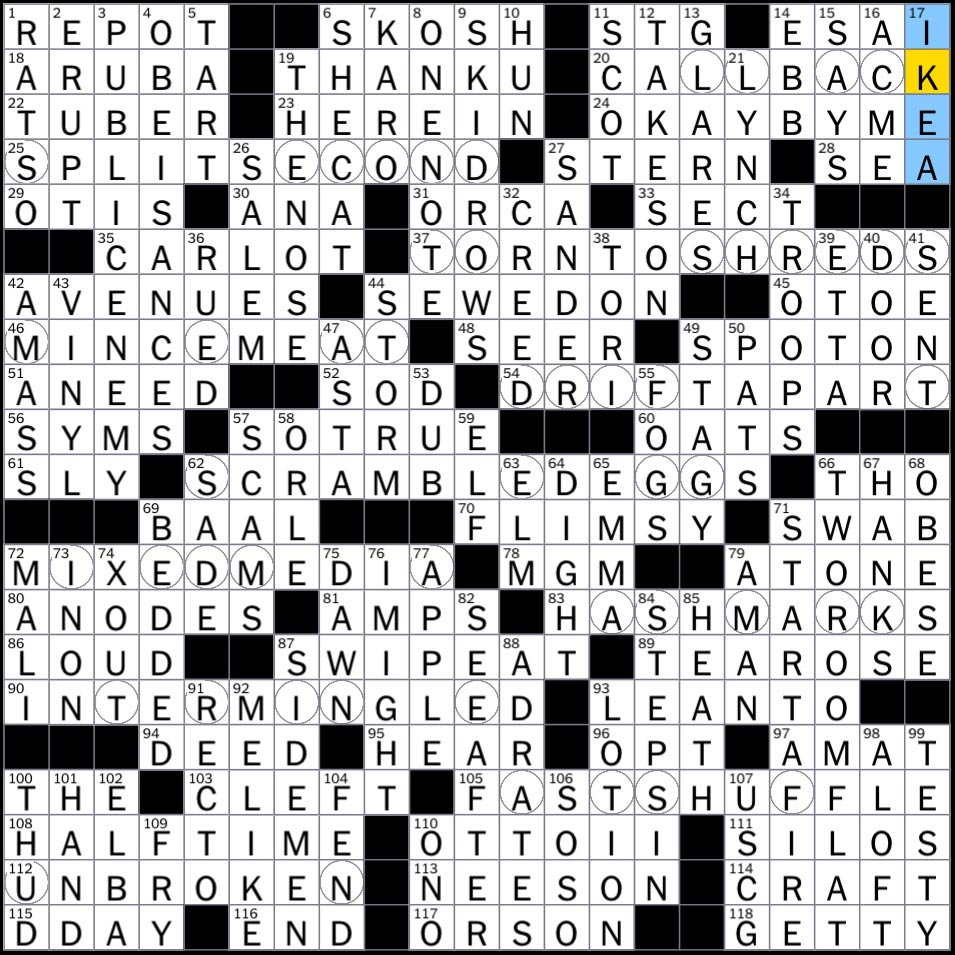Cross Inscription Abbreviation Crossword

The aroma of freshly brewed coffee mingled with the quiet murmur of concentration hung heavy in the air at the community center. Sunlight streamed through the large windows, illuminating rows of focused faces, each brow furrowed in the delightful agony of deciphering cryptic clues. Pens tapped rhythmically against paper, and the occasional triumphant exclamation punctuated the otherwise serene atmosphere. It was a scene reminiscent of a scholar's study, but instead of ancient tomes, the object of their intellectual pursuit was the deceptively simple grid of a crossword puzzle.
At the heart of this gathering was not just any crossword, but a special edition created by local enthusiast, Emily Carter, themed around a fascinating intersection of history, language, and symbolism: the 'Cross Inscription Abbreviation Crossword'. This unique puzzle format challenges solvers to think beyond mere vocabulary, delving into the meanings and abbreviations commonly found in cross inscriptions, opening a window into a rich and often overlooked cultural landscape.
A Nod to the Past
The inspiration for this unusual crossword sprung from Emily Carter's lifelong fascination with history and languages. Emily's initial interest sparked when she noticed the intricate carvings on the gravestones in a local cemetery. She spent hours researching the symbolism and the common abbreviations used in those inscriptions.
“I was intrigued by how much information could be conveyed in such a small space,” Emily explained in an interview. “These inscriptions are like miniature historical documents, telling stories of people’s lives, their beliefs, and the social conventions of their time." She further added "I wanted to find a way to share this knowledge in an engaging way, and the crossword seemed like the perfect medium.”
Deciphering the Clues
The crossword's construction presented Emily with a unique set of challenges. She had to find a balance between accessibility and intellectual stimulation, ensuring that even novice solvers could grasp the basic concepts while still providing a satisfying challenge for experienced puzzlers.
Clues often revolve around common Latin abbreviations, such as "RIP" (Requiescat In Pace, or Rest In Peace), or the meanings behind symbolic representations like anchors, crosses, or weeping willows. Solvers need not only a strong vocabulary but also a familiarity with historical and religious iconography.
The Crossword Community
The response to Emily's crossword has been overwhelmingly positive. Local libraries and community centers have incorporated it into their programming, and online forums dedicated to crossword puzzles are buzzing with discussions and solutions.
“It’s amazing to see people of all ages and backgrounds coming together to tackle this puzzle,” said Sarah Johnson, a regular participant at the community center gatherings. “It’s not just about solving the crossword; it’s about learning something new and appreciating the history that surrounds us.”
“Crosswords, at their best, are not just a mental exercise but a form of cultural engagement,” reflects Professor David Miller, a linguistics professor at the local university. “Emily’s crossword is a perfect example of how puzzles can be used to educate and inspire, fostering a deeper understanding of our past.”
The popularity of the 'Cross Inscription Abbreviation Crossword' speaks to a broader trend: the enduring appeal of puzzles as a source of intellectual stimulation and community engagement. In a world increasingly dominated by screens and digital distractions, the humble crossword offers a tangible, tactile experience that encourages focus, critical thinking, and a shared sense of accomplishment.
As the sun began to set, casting long shadows across the community center, the crossword solvers packed up their pens and papers, their minds buzzing with newfound knowledge and a sense of satisfaction. Emily Carter's creation had not only provided a challenging puzzle but had also sparked a renewed appreciation for the hidden stories etched in stone, a testament to the power of language, history, and the enduring human desire to solve a good puzzle.








